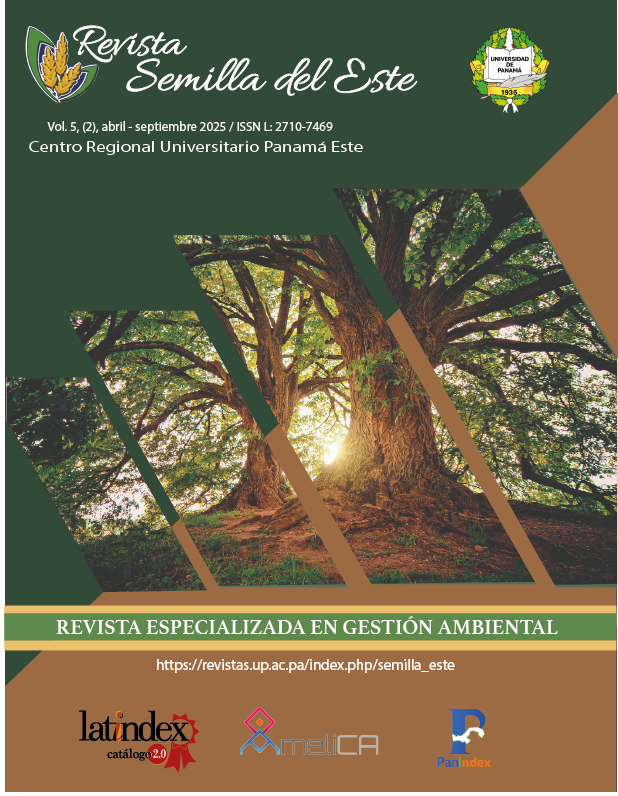

Copyright (c) 2025 Revista Semilla del Este

This work is licensed under a Creative Commons Attribution-NonCommercial-ShareAlike 4.0 International License.
The study aimed to assess the ecological status of the La Sonadora stream using phytoplankton genera as bioindicators, complemented by a physicochemical analysis that allowed us to determine water quality. The study area was divided into three sampling zones, located in the upper part of the stream, during the months of March and July 2024. Nine genera of phytoplankton (Coccobotrys sp., Spirogyra sp., Planktothrix sp., Navicula sp., Synedra sp., Klebsormidium sp., Draparnaldia sp., Xanthonema sp., and Frustulia sp.) were identified in various zones of the stream. Additionally, measurements of physicochemical parameters such as dissolved oxygen, nitrates, phosphates, total coliforms, pH, and water temperature were taken. The results from both approaches were integrated into the calculation of the Water Quality Index (WQI). The study revealed that the presence of genera such as Coccobotrys sp. and Frustulia sp. in oligotrophic waters suggests high quality in areas distant from human activity. Similarly, genera like Spirogyra sp. and Planktothrix sp. indicated eutrophication and pollution in areas close to agricultural and livestock activities. According to the calculated biological indices, the phytoplankton community of the La Sonadora stream exhibits low diversity, an equitable distribution of individuals, and some dominance within the population. The physicochemical analysis showed low levels of dissolved oxygen and high levels of nutrients and coliforms in areas with direct impact. Overall, the WQI classified the zones as having "fair" quality during both sampling periods.